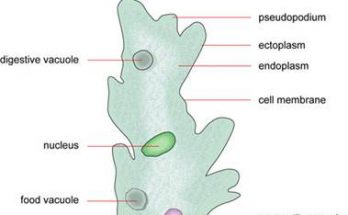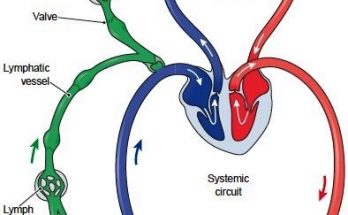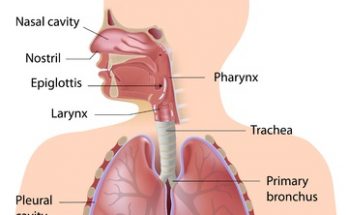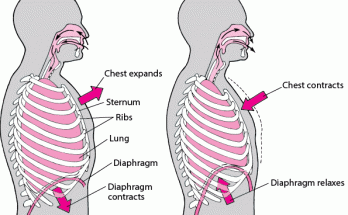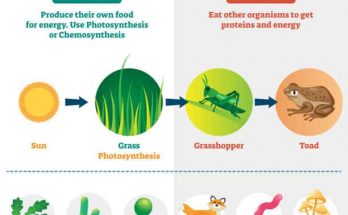
What is Photosynthesis? Explain the Process of Photosynthesis
Photosynthesis is the process by which green plants, algae and some bacteria convert light energy into chemical energy in the form of organic compounds such as glucose. This process occurs in chloroplasts where chlorophyll absorbs light energy and converts it into chemical energy. Raw materials required for photosynthesis include carbon dioxide and water, which are converted into glucose and oxygen through a series of chemical reactions. The process of photosynthesis is divided into three phases: Absorption, Conversion and Reduction.
What is Photosynthesis? Explain the Process of Photosynthesis Read More